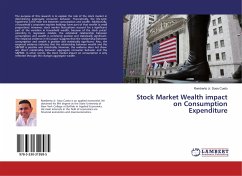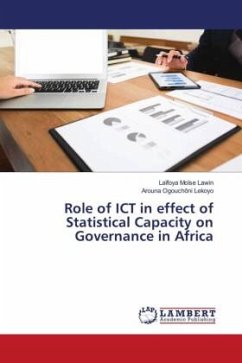This book will serve as an introduction to an emerging area of study known as econophysics, a new construct representing the interface between statistical physics and financial economics, which is a superior alternative for describing economic reality as it is rather than as idealized ( or assumed) in financial economists' models. The ultimate aim is to ensure that the new models can result in more predictable and stable financial systems capable of capturing the how and the why of the behavior of financial markets. This has become increasingly urgent against the background of the recent global financial crisis of 2007/2008 which emerged in the USA in respect of the subprime house mortgage lending and which ignited global financial turbulence causing a serious threat to the stability of monetary and fiscal policies in the world. This necessitated a critical review and restructuring of the global capitalistic system. This is a crucially important knowledge for postgraduate students in financial economics, statistical physics, professional practitioners in portfolio fund management as well as financial market regulators and economic policy planners.
Bitte wählen Sie Ihr Anliegen aus.
Rechnungen
Retourenschein anfordern
Bestellstatus
Storno








